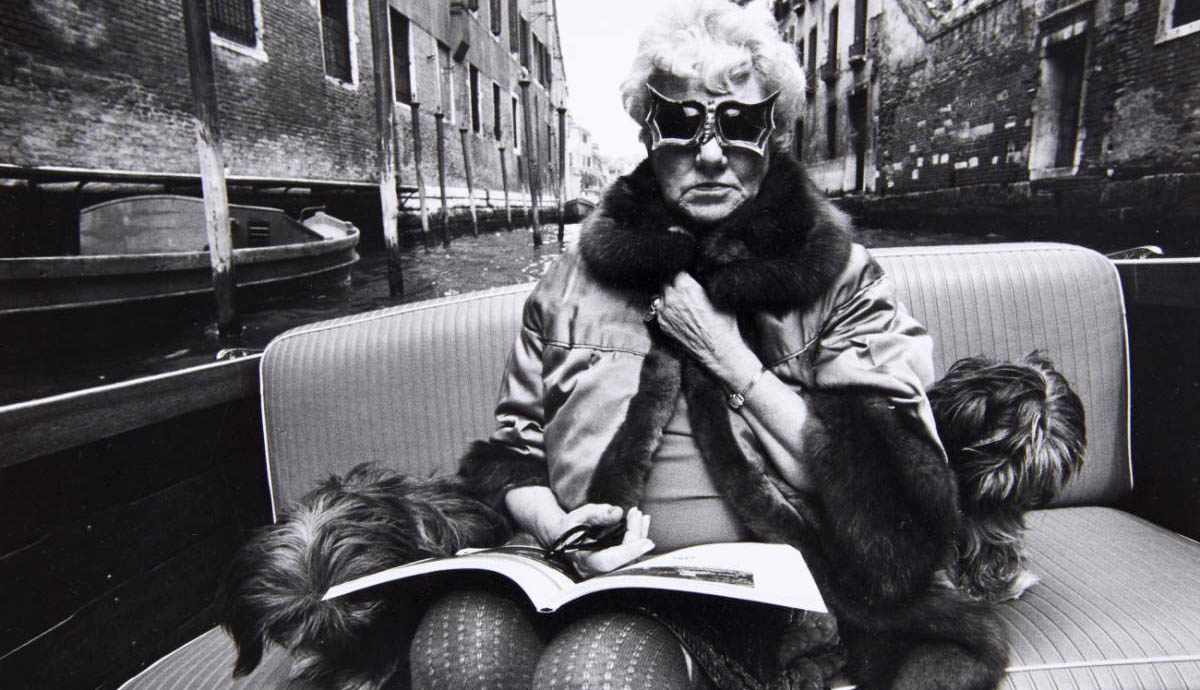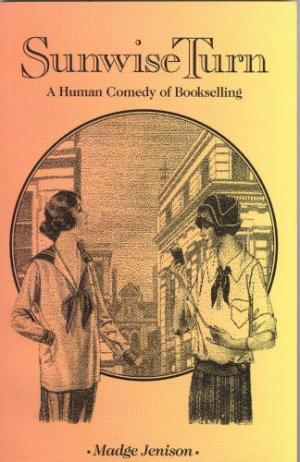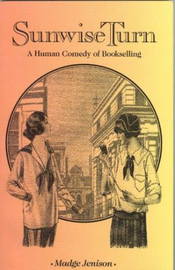
The legacy of Peggy Guggenheim is about more than her eccentric butterfly sunglasses and bohemian celebrity status. She’s considered the link between European and American art and self-proclaimed that, “I am not an art collector. I am a museum.”
Guggenheim is a true reflection of the avant-garde art that took over in the 20th century. Here, we’re exploring some of the more fascinating bits of this iconic woman’s life and her important contributions to art.
Guggenheim’s father died on the Titanic.
Born to a well-to-do family in New York on August 26, 1898, Guggenheim’s family had fortunes connected to mining and smelting.
She lived like American royalty but, with a neglectful mother and absent father. Guggenheim and her sister were often left to their own devices. Still, she had a certain affinity for her father and when he died on the Titanic, she suffered a nervous breakdown.

Guggenheim shaved off her eyebrows in high school.
Due to some failed business transactions, Guggenheim’s immediate family lost much of their wealth and even though they were still very well off, they felt jilted by the rest of the Guggenheims.
Eventually, she’d come to reject her bourgeois upbringing and considered herself the “black sheep” of the family. Guggenheim shaved off her eyebrows in an act of rebellion, as she always loved to put people in a state of shock. Strangely enough, it became a trend among her peers.
If you’re unsure of whether or not Guggenheim was avant-garde with a rebel heart, perhaps her eyebrow-less look will convince you. Let’s just say, her inclination toward the outcasts and misfits started young.
In 1920, Guggenheim worked in one of the first woman-owned bookstores in the U.S.
Sunwise Turn was an avant-garde bookstore in midtown Manhattan, owned by Mary Horgan Mowbray-Clarke and Madge Jenison. Mowbray-Clarke was the wife to a sculptor and Jenison was an acclaimed author and activist, so the bookstore would often hold small art exhibitions for emerging artists.

At the time, Guggenheim was 21 and living off an inheritance. Instead of being compensated for her work at the store with money, she collected experimental paintings from the exhibitions. She gave money and meals to poor artists and writers.
Marcel Duchamp was a close friend and mentor to Guggenheim.
Toward the end of 1920, Guggenheim decided to move to Paris, interested in exploring Classical and Renaissance art. There, she met countless avant-garde writers and notably formed a close friendship with Duchamp.

Duchamp was part of a Dadaist movement that was sweeping the art world at the time. Guggenheim would later say that Duchamp “taught me everything I know about modern art.”
RELATED ARTICLE:
What is the Dada art movement?
The first piece Guggenheim bought was Jean Arp’s Head and Shell.
After 15 years of tumultuous marriages, divorces, and romantic relationships gone awry, Guggenheim wanted something new and considered opening a publishing company or art gallery. After receiving an inheritance from her mother’s death in 1937, she was able to open the art gallery Guggenheim Jeune in London in 1938.

She started buying one piece from every exhibition, marking the beginnings of her private collection. The first piece she bought was Head and Shell by Jean Arp stating that “the instant I felt it, I wanted to own it.”

Guggenheim smuggled art out of Europe during World War II.
Guggenheim Jeune was considered a success by critics, but the gallery lost money during the first year. She decided it’d be better to open a modern art museum with the help of art historian Herbert Read and advisor Howard Putzel instead, closing Guggenheim Jeune in 1939.
However, World War II broke out on September 1, 1939, and let’s just say that the Nazi regime wasn’t a fan of the bohemian lifestyle that Guggenheim was promoting with her art collection.
Read made her a list of all the artwork she should present at her new museum’s first exhibition and she traveled to Paris, collecting them all with her own money. Many artists were desperate to flee France and sold her their work without much hassle. She was buying one piece per day at the time and acquired work from Klee, Man Ray, Dali, Picasso, Ernst, and others.

However, it then became pertinent to protect her growing collection from the Germans when Paris was invaded in 1940. Guggenheim shipped her collection to the United States disguised as household items, packing them with sheets and casserole dishes. The plan worked and she made her way to New York herself in 1941 to reunite with the art.
Guggenheim gave Mark Rothko, Jackson Pollock, Hans Hoffman, and many others their first shows.
In 1942, Guggenheim opened her Art of This Century Gallery. The gallery devoted much of its exhibitions to surrealism, cubism, and abstract art. It was one of the first galleries in New York City to integrate American and European art. As many artists from Europe were fleeing the war and ending up in the U.S.

She continued working with Putzel and discovered a newfound love of American artists. She provided Jackson Pollock with a monthly stipend and held one of the first art exhibitions devoted to women called Exhibition by 31 Women in 1942.
In 1946, Guggenheim wrote an autobiography that enraged her family and was ill-received by critics. In the aftermath, she closed her gallery in 1947 and moved to Venice to get away from it all. She lived there for the rest of her life, continuing to show her collection and support the artists she loved.

Guggenheim was not an artist, but made her mark on the art world as a collector. Saving priceless works from the Nazis and setting trends with every move she made. Guggenheim helped put modern art and female talent on the world’s stage.






